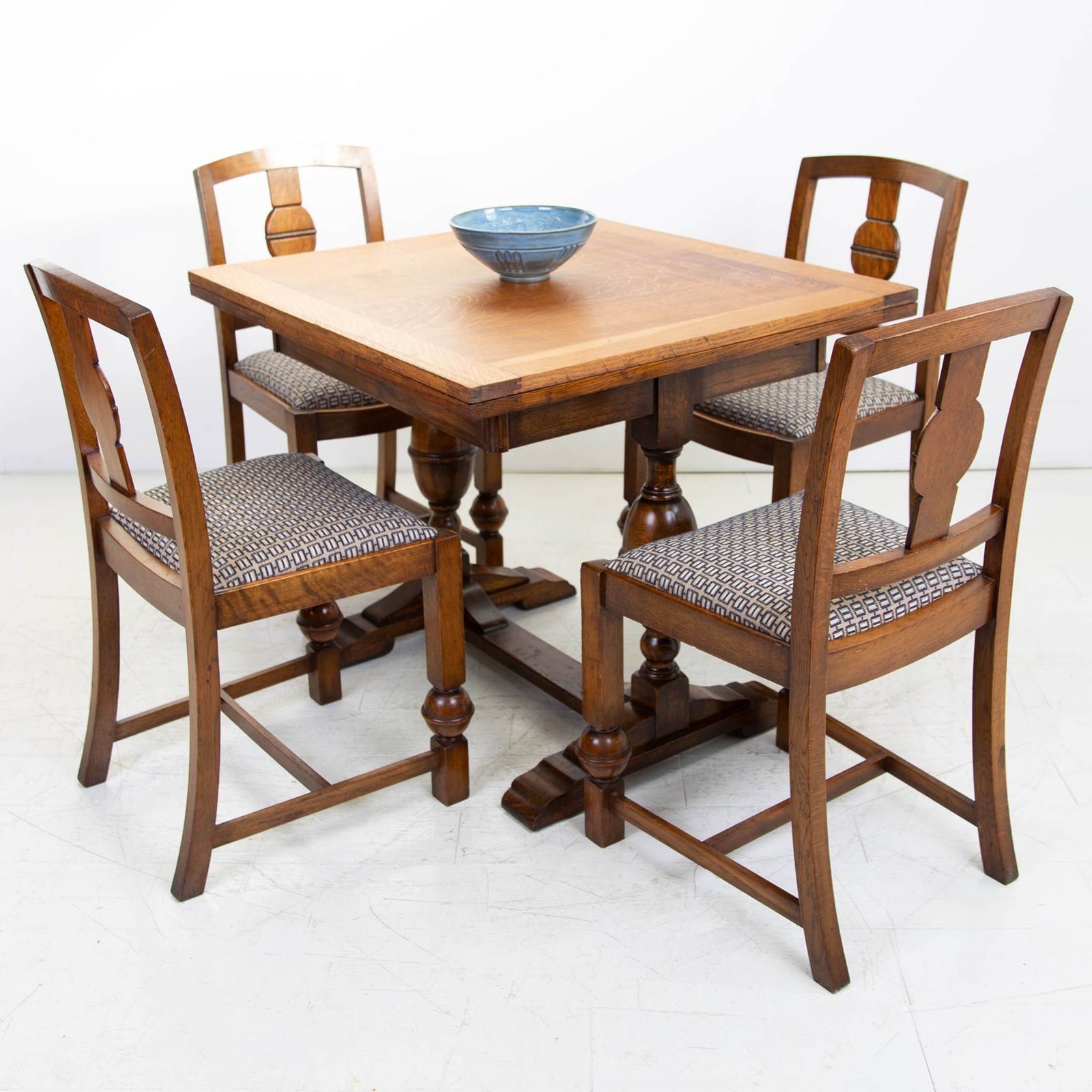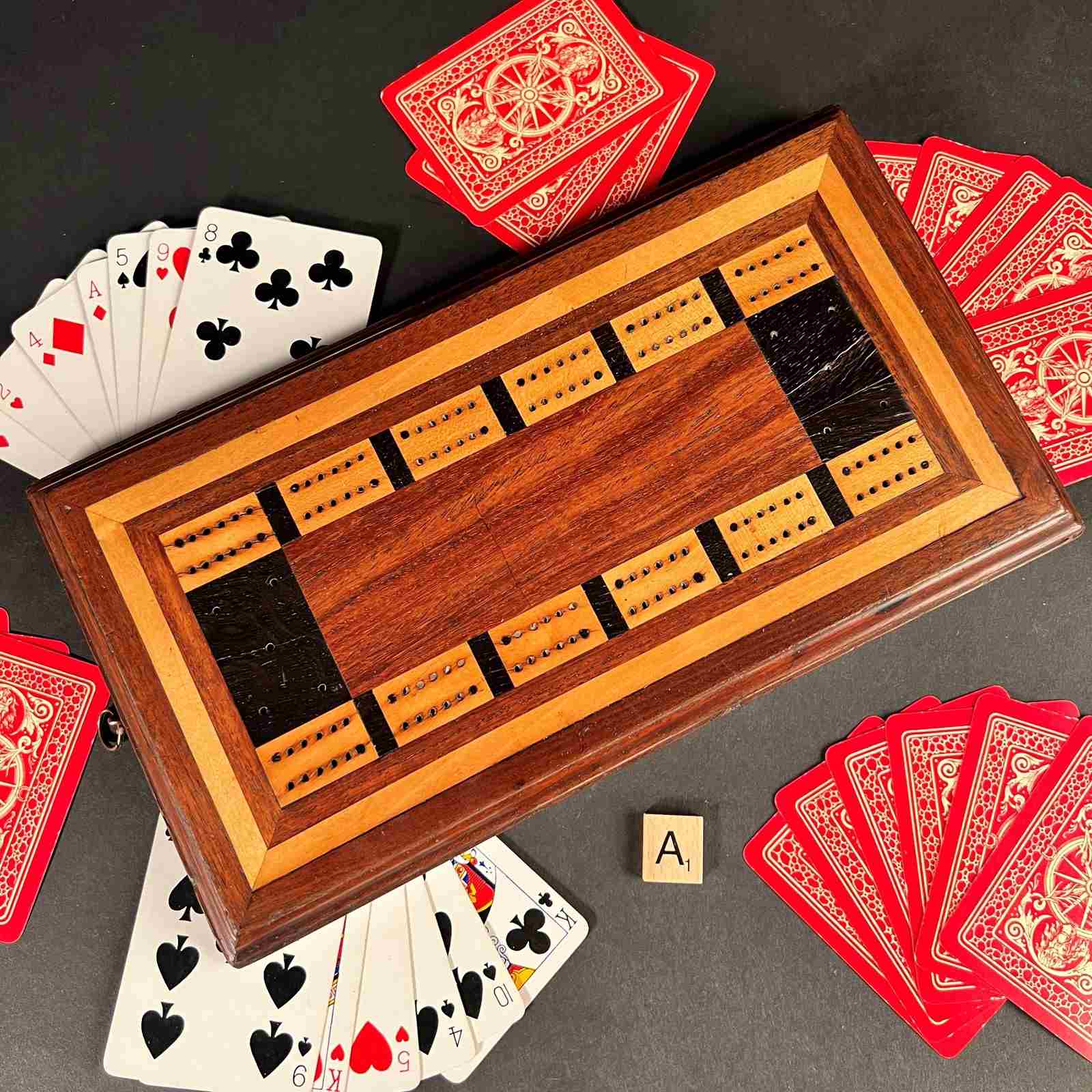
Antique mirrors represent a paradox. The older the mirror, the more valuable it is, but with age comes disrepair, and that’s likely to knock pounds off the value of your mirror. After all, mirrors represent form and function. Is it still worth buying if it looks grandiose but can’t be used?
Discover the telltale signs of age in a mirror that will help you judge its value.
Evaluating the glass
The glass in your mirror is the biggest indicator of its age. You might notice a grey or yellow hue, bubbling, or cloudy spots on the glass. This is natural in older mirrors, as the reflective backing behind the glass breaks down.
While discolouration and spotting are clear signs of an old mirror, these problems can affect its value if they make it unusable.
The depth of the glass is another clue to its age. Modern mirrors tend to be thinner. Though it’s not always possible to inspect the mirror's edge, you can make a rough judgement based on its weight.
Bevelled edges are also a hallmark of a high-quality mirror. Creating bevelled edges requires time, precision, and craftsmanship, as it involves carefully grinding and polishing the glass at an angle to create a sloping edge.
Assessing the frame
Over time, your mirror’s frame will suffer wear and tear. The older the mirror, the more likely it is to be chipped, scratched, and scuffed.
This is expected in an antique mirror, but be wary of uniform scuffs and chips. This could indicate that your mirror has been artificially aged to trick buyers into thinking they’re getting an antique mirror.
Inspecting the back
The back of your mirror may hold the final piece of the puzzle. Older mirrors typically have a wooden back because wood is a common and durable material for framing and supporting mirrors. If your mirror has a paper or cardboard-like backing, it was probably produced in the 20th century.
Many antique mirrors were made by well-known craftsmen who would stamp or label their products with a maker’s mark, logo, or date of manufacture. If you’re lucky enough to find any of these identifiers on the reverse of your mirror, valuing it will be much easier. Not all antique mirrors have these marks, so their absence doesn’t necessarily mean the mirror isn’t old.
The screws, nails, and fixings are also indicators of age. Uniformly manufactured screws are a clear sign that the mirror is modern. In antique mirrors, the fixings will be handmade and imperfect.
Perfect vs imperfect mirrors
A mirror in perfect condition is likely to be modern and, therefore, worth much less. Scarcity is key here. Older mirrors are highly sought after but harder to come by, which makes them much more valuable.
Antique mirrors are imperfect versions of themselves. Part of their charm comes from the telltale signs of their old age, but too much damage will cost you dearly. Damage that makes the mirror unusable is likely to decrease its value.
Be wary of “damage” with an obvious pattern. If it seems unnatural, it might be because it is. Some counterfeit mirrors are purposefully damaged to appear older than they really are.




